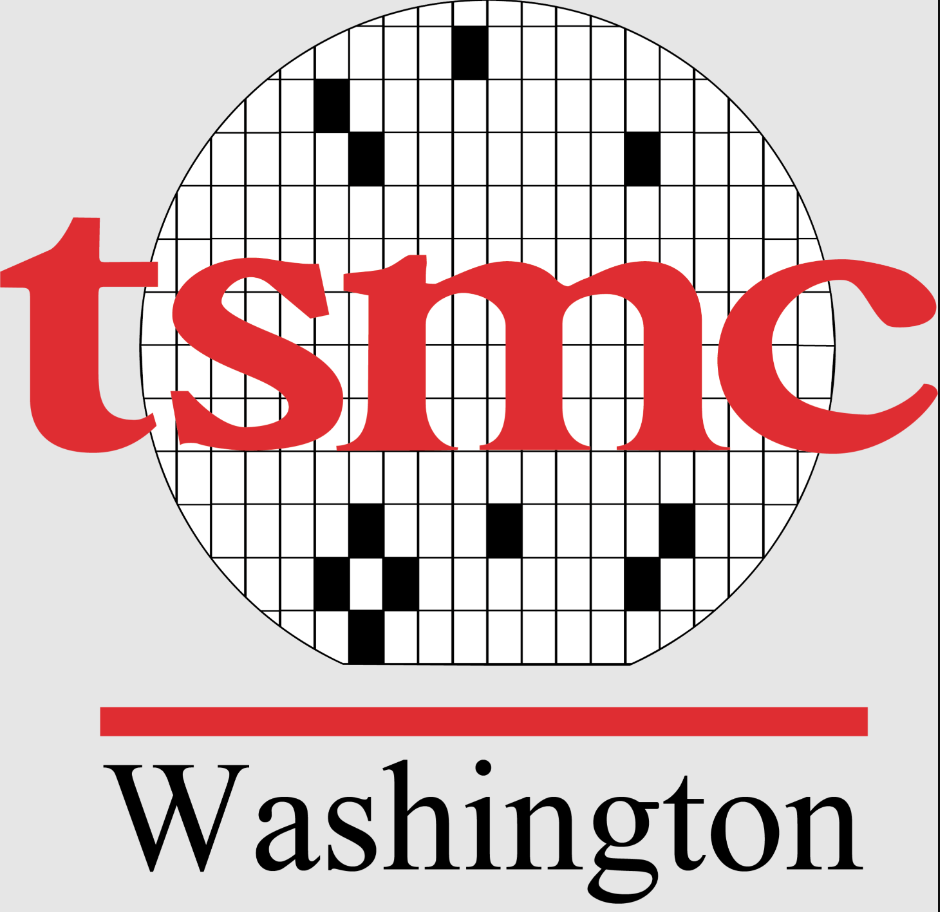Undergraduate Summer Research Program
Sponsored by TSMC Washington
The Undergraduate Summer Research Program is designed to provide undergraduate students in engineering and computer science paid summer positions to work on research projects with faculty. Students will have the opportunity to use their academic training to gain hands on experience in their field of study. Students are encouraged to apply for up to three (3) research proposals. For examples of the scope of work involved in a summer project, prior summer project posters are on display in the hallways in the Engineering and Computer Science building. (Smaller posters 20 x 30″)
STEPS TO APPLY
- Read through the project proposals (click on the links for full details, hours, etc.).
- Select up to three projects for which you have the required skills or qualifications.
- Cross-program applications will be considered if you have the required skills or coursework.
- Download the PDF Application. Once filled out save and name to include your name, and email to mary.bulger@wsu.edu.
Applications will be reviewed by the Summer Research Program committee. Students are notified in April if they’ve been selected to work on a project. Students will be paid for up to 240 hours at $16.66/hour; exact time commitments and project scope vary. Work begins May 16. Contact for questions: mary.bulger@wsu.edu
APPLICATIONS DUE MARCH 19
2025 Research Projects
| Exploring Hydro Energy’s Thermal Footprint through CFD Modeling Faculty advisor: Chris Qin | This project investigates how hydro energy devices influence river temperatures and aquatic habitats, using computational fluid dynamics (CFD) tools such as ANSYS Fluent or CE-QUAL-W2. The selected undergraduate will assist Dr. Qin and his research team with data collection, model setup, and preliminary analyses. |
| Versatile Power Electronics ‘LEGO’ Faculty advisor: Hang Gao | In this project, we plan to develop a set of power electronics modules to build up different power converters like playing ‘LEGO’ bricks. By creating various combinations of multiple power modules, different power converters can be flexibly and quickly constructed and tested, which will in turn strengthen skills in conducting power electronics experiments. The student will be responsible for assembling, debugging, and testing power module boards, and then use completed power modules to assemble a voltage-source converter and obtain variable voltage and variable frequency outputs. |
| Investigation of honey-based resistive switching memory for neuromorphic computing Faculty Advisor: Feng Zhao | Resistive random-access memory (ReRAM) is a promising technology for a new generation of nonvolatile memory devices and neuromorphic computing. A variety of inorganic, organic and natural materials have been studied as the switching materials with promising memory switching behaviors reported. In this project, nonvolatile memory properties of honey thin film as the resistive switching material will be investigated, and memory and synaptic properties will be characterized. |
| Circularly Polarized MIMO Antennas for High Data Rate 5G/6G Communications Faculty advisor: Tutku Karacolak | The goal of this project is to design wideband antenna systems for high data rate 5G/6G communications. Our approach will be integration of multiple input and multiple output (MIMO) technology with circular polarization. MIMO antennas are currently used in almost all 5G/6G wireless devices utilizing multiple data streams to increase the data rate within the limited bandwidth and power levels. Circularly polarized (CP) antennas ensure consistent signal strength providing reliable communication. Together, CP-MIMO antennas create an optimal solution for applications such as the Internet of Things (IoT) and emerging 5G/6G technologies. |
| ReRAM-Based Accelerators for Recommendation Systems Faculty advisor: Xuechen Zhang | Personalized recommendation systems have been pervasively used in social life, such as search engines, social networks, and advertising. Deep learning recommendation models (DLRMs) are the mainstream structure of RecSys because of their high prediction accuracy. Recent research shows that the majority of the total DLRM execution time can be consumed by the memory accesses of the EMB layers. To tackle this issue, in this project, we will implement a heterogeneous DLRM accelerator leveraging both near-memory processing (NMP) and in-memory processing (IMP). |

Thank you to TSMC Washington for their generous support to student research. It’s in their partnership that students are provided paid research opportunities.